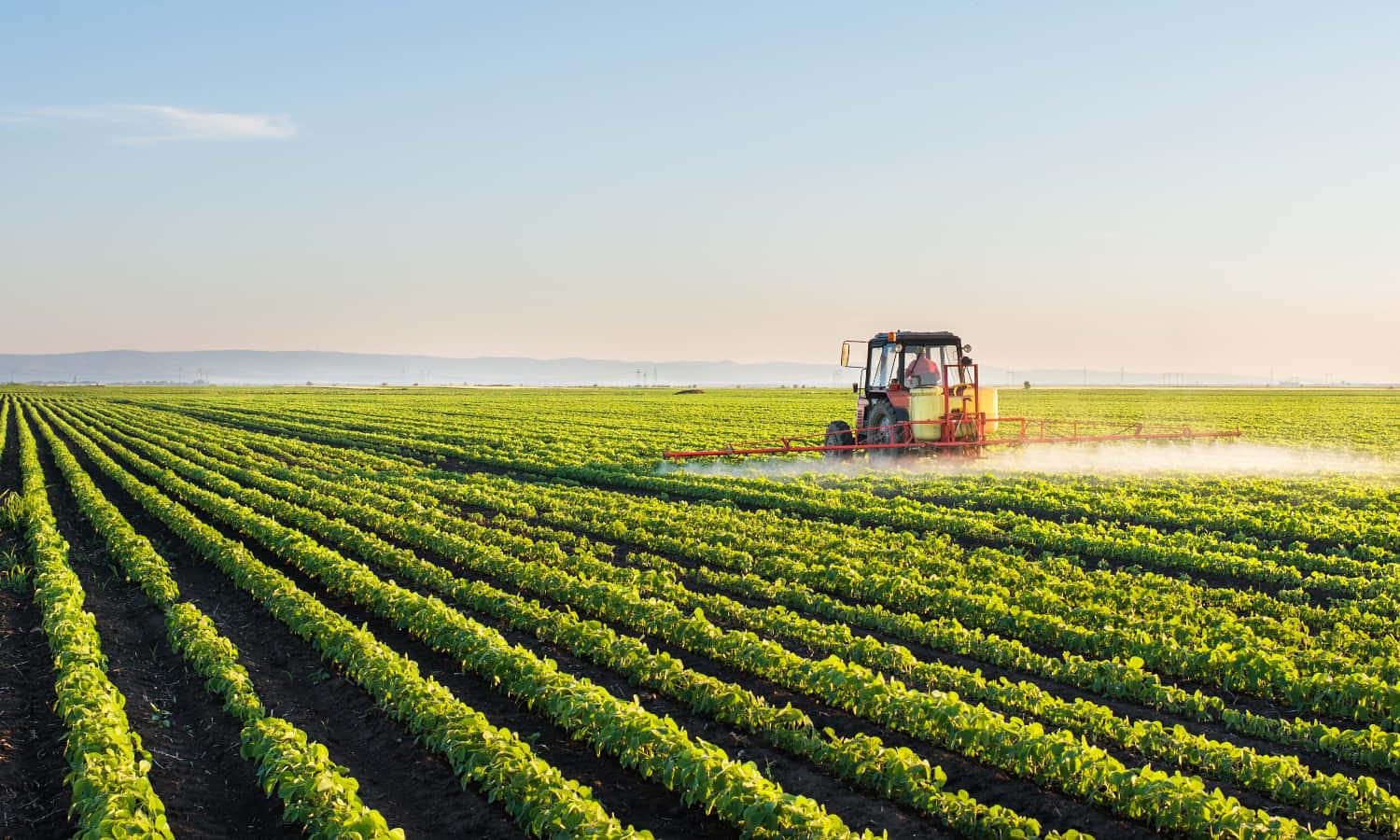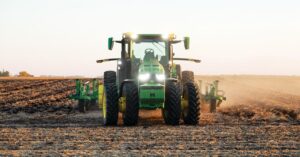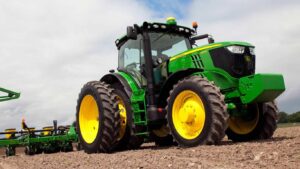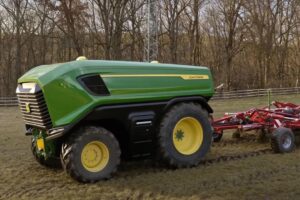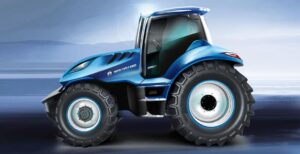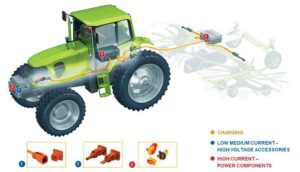The agricultural equipment industry is experiencing a notable downturn as sales figures across the United States continue to decline. recent market data indicates that farmers and agricultural businesses are purchasing fewer tractors, harvesters, and other farming machinery compared to previous years.This trend,observed across multiple states and farming sectors,reflects broader challenges within the agricultural economy,including rising operational costs,uncertain commodity prices,and shifting market dynamics. Recent market analysis reveals a significant decline in farming equipment purchases nationwide, with both new and used machinery sales experiencing a downturn. Industry experts attribute this trend to several interconnected factors affecting the agricultural sector’s economic landscape.Financial constraints have emerged as a primary driver behind reduced equipment investments. Farmers face mounting pressure from increased operational costs, including rising fuel prices, labor expenses, and agricultural input costs.These challenges have forced many to postpone or cancel planned equipment upgrades and replacements.
The impact varies across different regions, with midwest states showing the steepest decline in sales. Large-scale farming operations have reduced their capital expenditure on high-value items such as combines, tractors, and specialized harvesting equipment. Small and medium-sized farms have also scaled back their equipment acquisitions, focusing instead on maintaining existing machinery.
weather patterns and climate uncertainty have influenced purchasing decisions. Extreme conditions and unpredictable weather events have led farmers to adopt more cautious spending approaches. Many are choosing to repair and maintain current equipment rather than commit to substantial new investments.
Manufacturing delays and supply chain disruptions continue to affect equipment availability and pricing. Key components and replacement parts face extended delivery times, while increased production costs have driven up equipment prices. These factors have contributed to a wait-and-see approach among potential buyers.
Interest rates play a crucial role in the current sales slowdown.Higher borrowing costs have made financing new equipment purchases less attractive, particularly for farmers operating on tight margins. Customary equipment financing options have become less feasible for many agricultural businesses.
Used equipment markets have seen increased activity, though overall sales volumes remain below previous years. Farmers seeking cost-effective alternatives have turned to second-hand machinery, creating a competitive market for well-maintained used equipment. This shift has impacted new equipment dealers and manufacturers’ revenue streams.
Technology adoption rates have also influenced purchasing patterns.While advanced agricultural technology offers improved efficiency and productivity, the associated costs have deterred some farmers from upgrading their equipment fleet. The integration of precision farming capabilities often requires significant investment in both hardware and software.
Industry analysts project this trend may continue through the coming seasons, citing ongoing economic uncertainties and market volatility.Equipment manufacturers have responded by adjusting production schedules and implementing more flexible financing options. Some companies have introduced leasing programs and extended warranty coverage to attract hesitant buyers.
Dealerships report adapting their business strategies to focus more on service and maintenance operations. This shift helps offset reduced sales revenue while supporting farmers’ efforts to extend the lifespan of their existing equipment.Parts departments have expanded inventory levels to meet increased demand for replacement components.